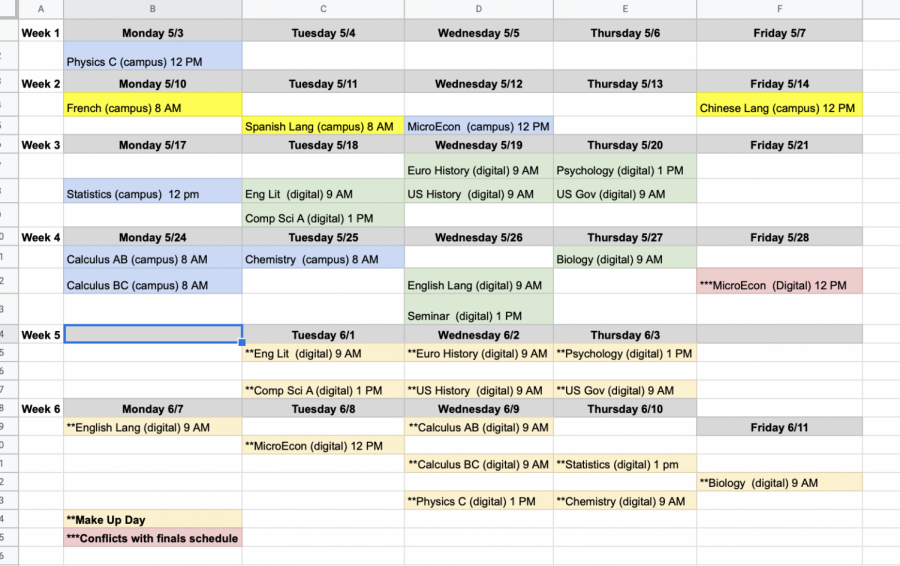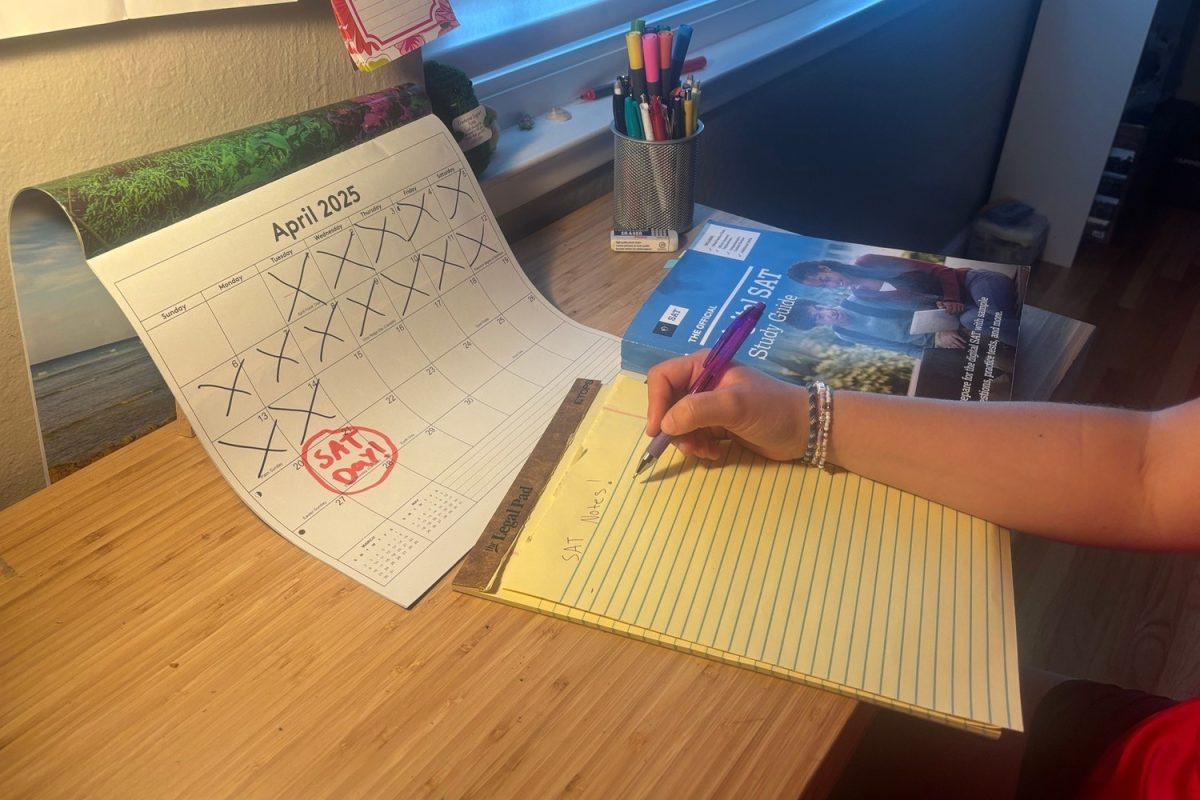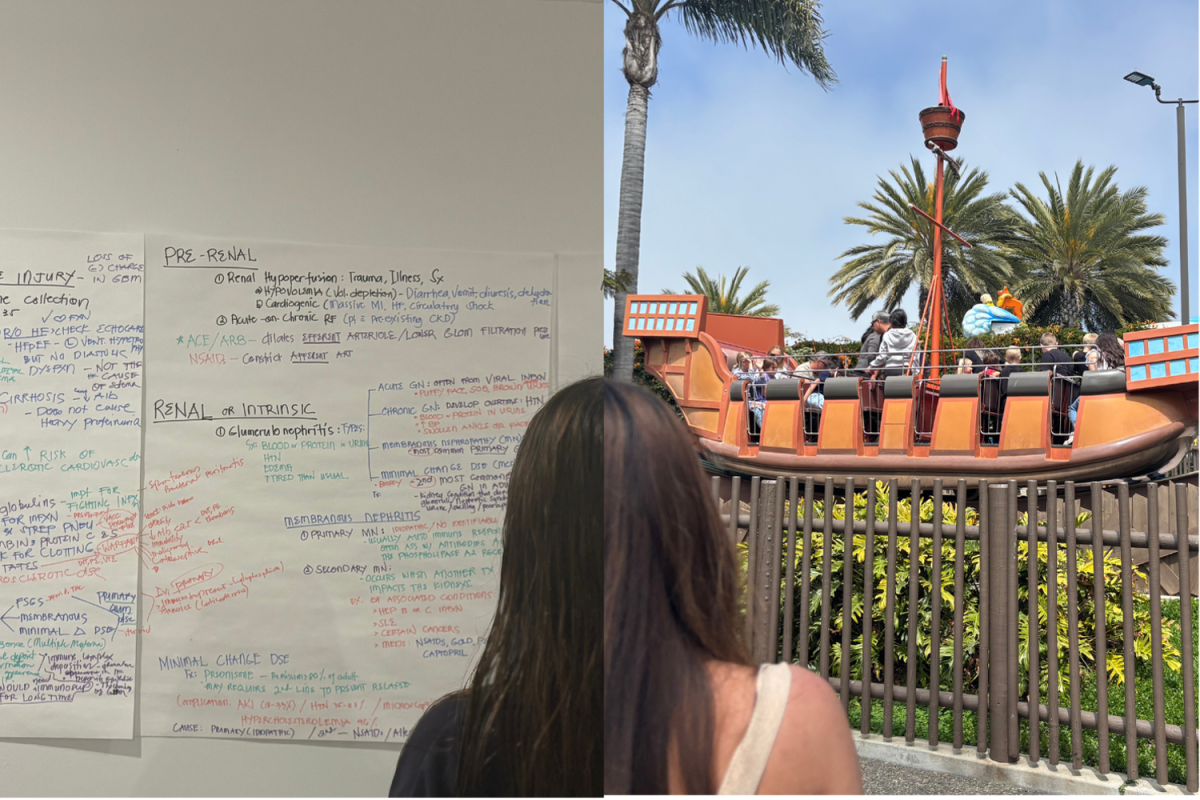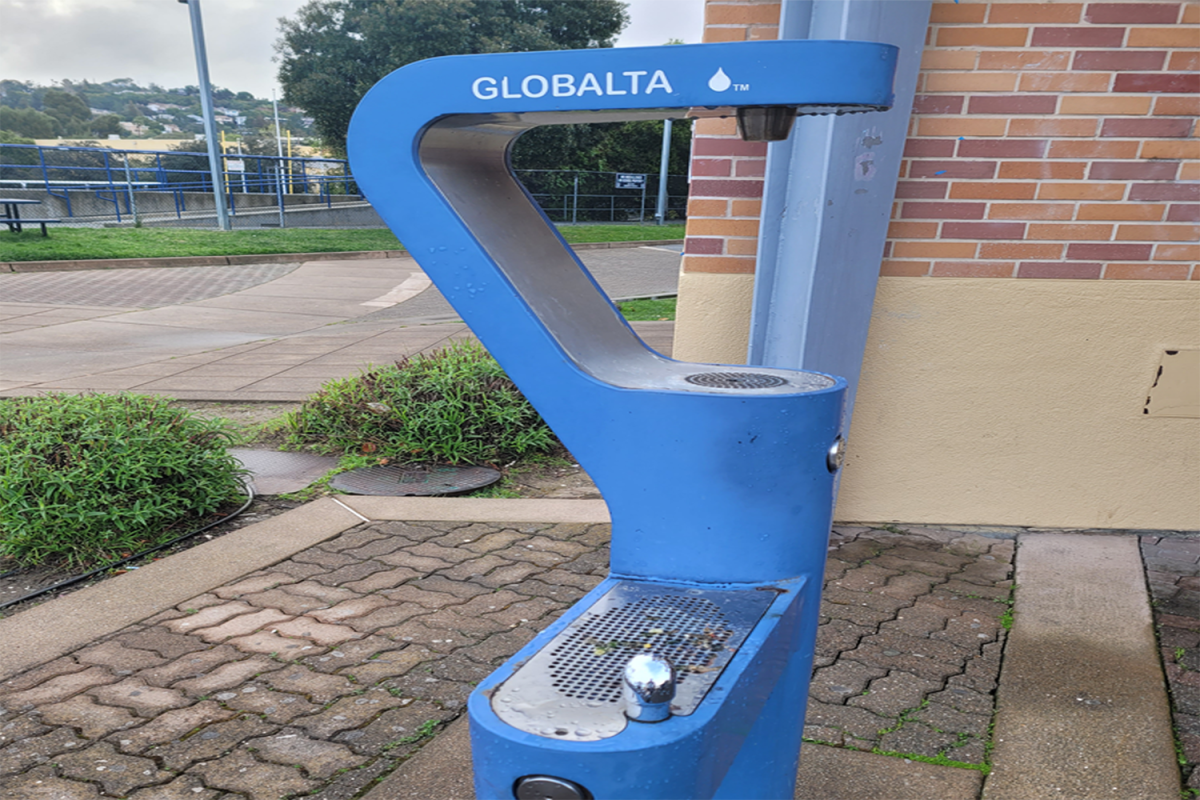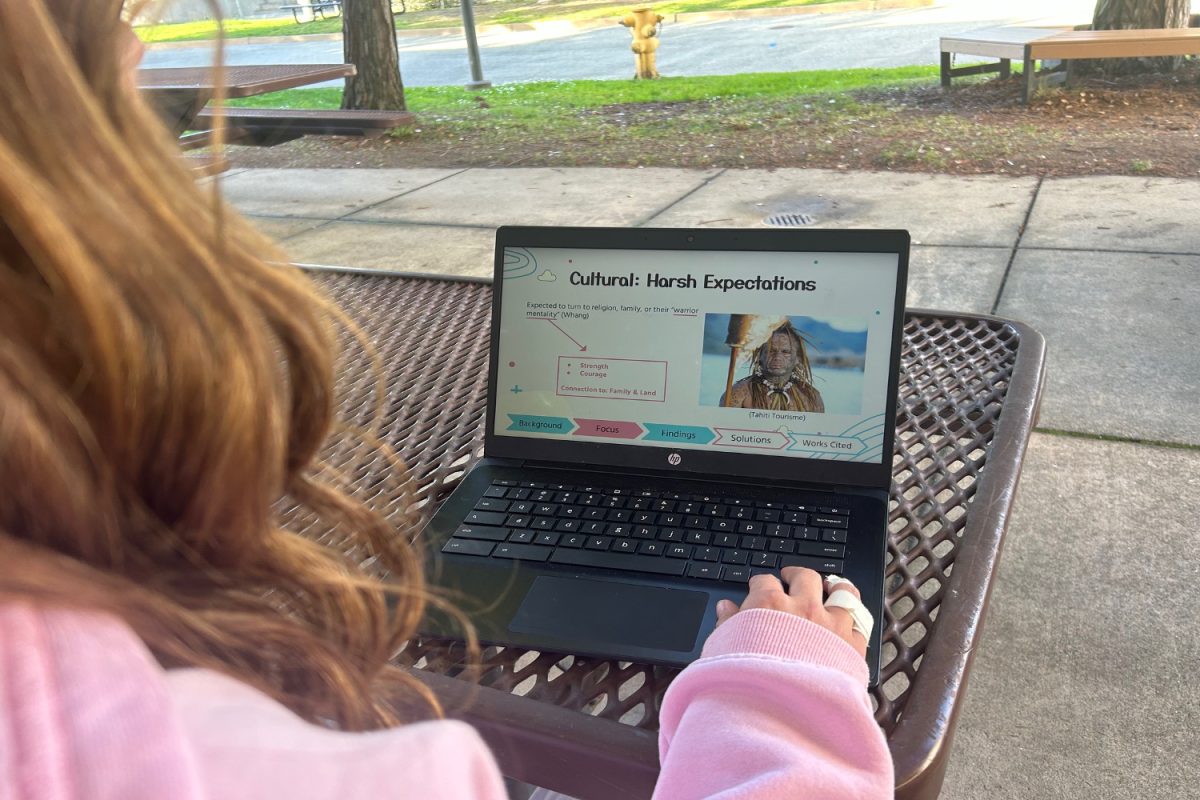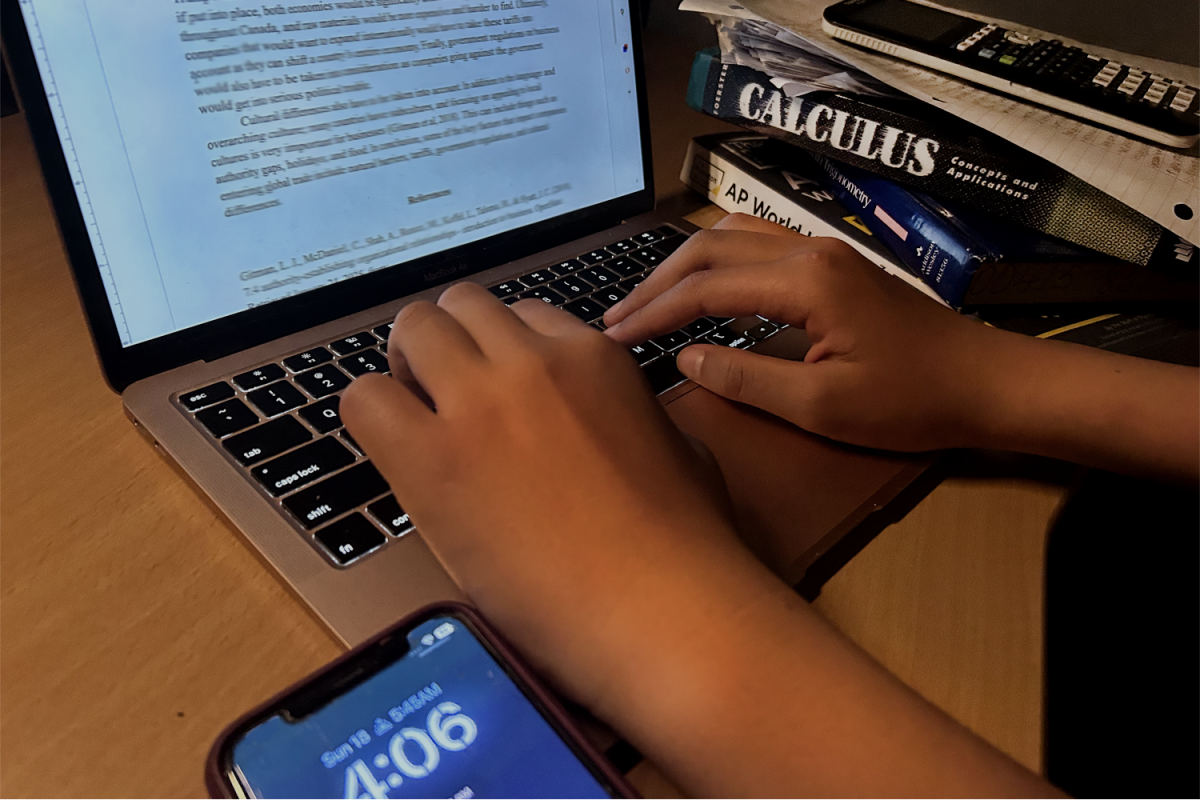Carlmont released their AP testing schedule with many options for at-home testing and gave more information about the digital exam software.
According to the College Board, this year’s Advanced Placement (AP) testing is in three different testing windows called administrations. Administration 1 is solely for in-person testing, but schools could use administration 2 and 3 for in-person or digital testing.
At Carlmont, Administration 1 will be used for classes with a more mathematical focus since paper and pencil formats are better suited for those classes. It will also be used for AP tests required to be on campus, like language exams. Both Administration 2 and 3 will be entirely digital from home and encompass all other AP courses. Administration 3 also serves as a designated window for make-up exams if a student couldn’t make it to their designated exam time in administration 2.
While most of the AP testing is already in a digital format, some students can opt out of their on-campus AP test in favor of a digital version. This opportunity is solely for AP physics, AP microeconomics, AP chemistry, AP statistics, and AP calculus classes, which offer a digital version of their exam during administration 3. Kat Ortiz, Carlmont’s AP coordinator, noted that students should contact her for these types of requests.
“If you wish to switch your in-person exam to the digital format, please email me and let me know. Once you have chosen the digital format, you will not be able to switch back to in-person,” Ortiz said.
Although some classes can opt for the digital version of their exam, language exams will only be in-person tests. This decision, which the College Board made, was made to prevent any cheating, which they noted could be easier to occur in language tests with an online format.
“French, German, Italian, and Spanish Language and Culture; Latin; Music Theory; and Spanish Literature and Culture won’t have any digital versions of the exam,” the College Board said. “Students’ access to translation applications via mobile devices, musical instruments, and other resources means that not all parts of a full-length digital exam in these subjects can be securely and fairly administered in students’ homes. Therefore, these exams can only be administered in a proctored school environment.”
Whether or not the test is on paper or done digitally, Ortiz noted that the test format would not be affected.
“Colleges will not know which version of the exam you will be taking. Both digital and in-person exams are the same,” Ortiz said.
Regarding the digital testing format, the College Board released more information on how digital exams would look. The AP testing application was available for download starting Apr. 8, going along with the College Board’s device requirements to support the app.
“Each student will need access to a laptop or desktop computer [which includes] Mac, Windows, or school-managed Chromebook. The computer can be a personal computer [except for Chromebooks] or a school-provided computer,” the College Board said. “Students’ personal Chromebooks may not be used for 2021 digital AP Exams.”
Once the app is downloaded and the student logs into their College Board account, there are options to take some practice tests. There are two types of practice tests: app demo, which is shorter and mainly used to check that the application is working; and digital practice, which is longer, and practices more advanced features of the digital testing format. These practice tests are not as long as the actual exam and designed to help students navigate the online formatting before their AP exam.
In the final days leading up to a student’s AP exam, the student also needs to complete the exam setup. Exam setup loads the exam onto the device. The College Board explains when students should complete the exam setup.
“Exam setup opens three calendar days before the exam date and must be completed no later than the day before the exam. Exam setup must be done on the computer the student will use for testing [and] once setup is completed, the computer can’t be shared with another student until the exam is over,” the College Board said.
Also, on the day of the exam, students should check in 30 minutes before to ensure everything is working. After students checked in, they should see a countdown before their exam.
“Once they’ve completed check-in, students will see a timer at the top of their screen counting down the time remaining until the start time of the exam. The exam will begin automatically,” the College Board said.
While there are many resources available helping students learn to use the digital format, some students feel overwhelmed about how much of their exam setup is their responsibility. Lindsay Hauf, a sophomore, expressed how she felt about the exam setup for her AP European history exam, a digital exam.
“It is definitely not as straightforward as doing an in-person test as for those where you just have to show up with the right materials, and the proctor will tell you the general procedure. It feels like I’m on my own a lot more now as it is up to me to figure the program out and make sure it works, or else I could miss my test or have technical issues that will greatly affect me,” Hauf said.
Communication about AP testing information has been necessary for students to ensure that their AP exam process is on track. For Hauf, although there has been a bit of confusion regarding the AP testing process, she appreciates the level of communication Ortiz has with students about new updates on AP exams.
“The whole process is a lot more confusing, and information about it hasn’t always been super clear. I just found out that the AP Euro exam was only being held online. Despite this, I have really appreciated all the emails the school has sent out about AP testing,” Hauf said. “The information the school has provided [have] been helpful so far, especially in such a confusing and tough situation.”

